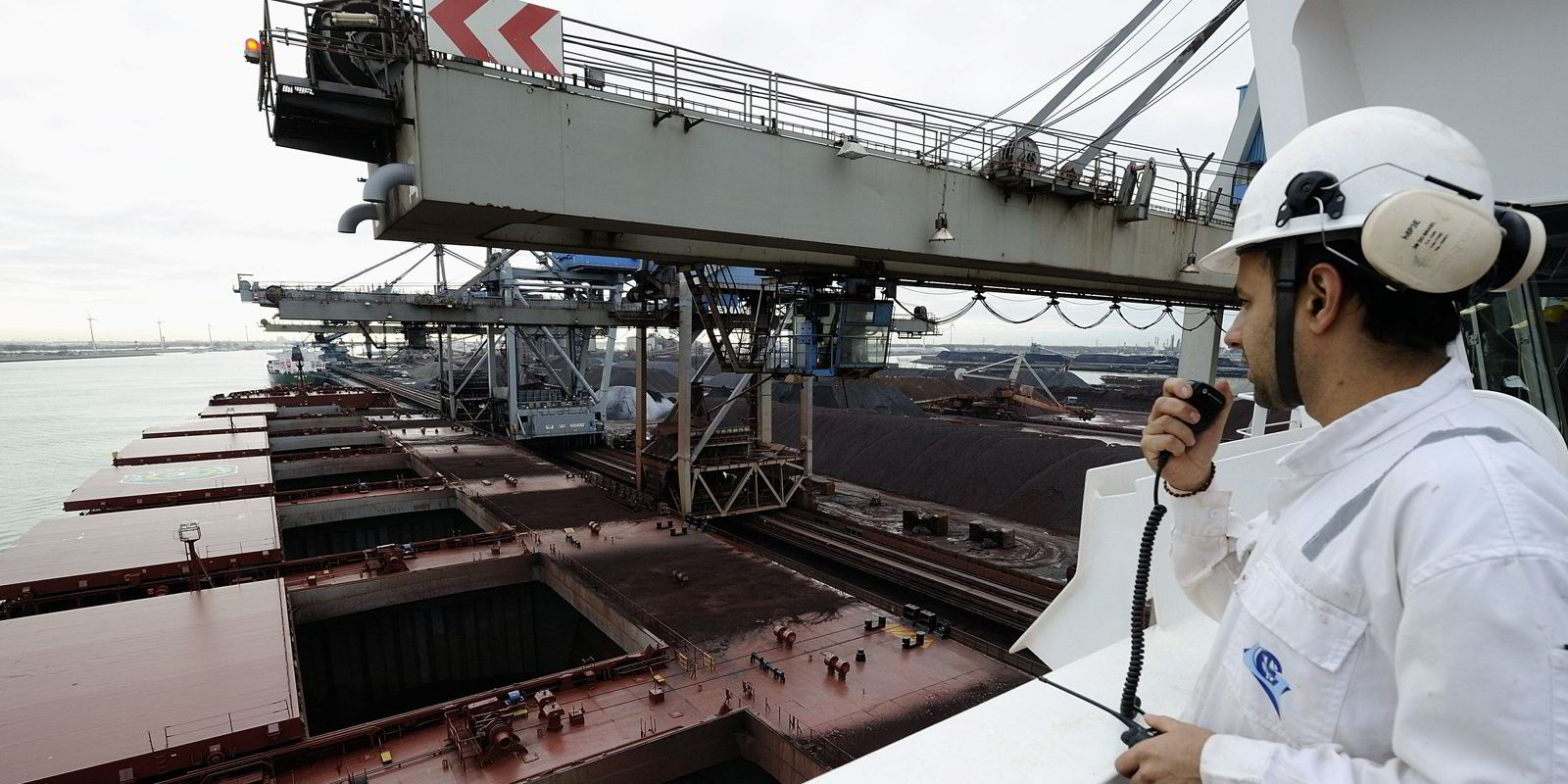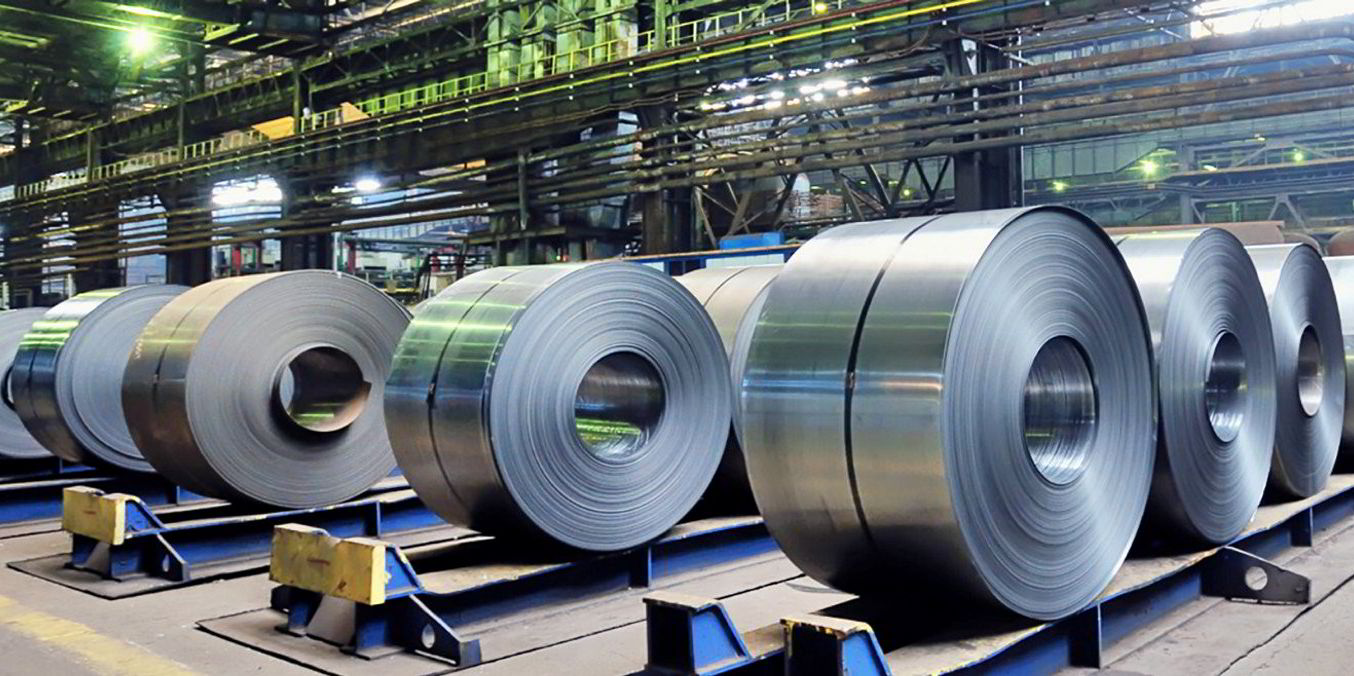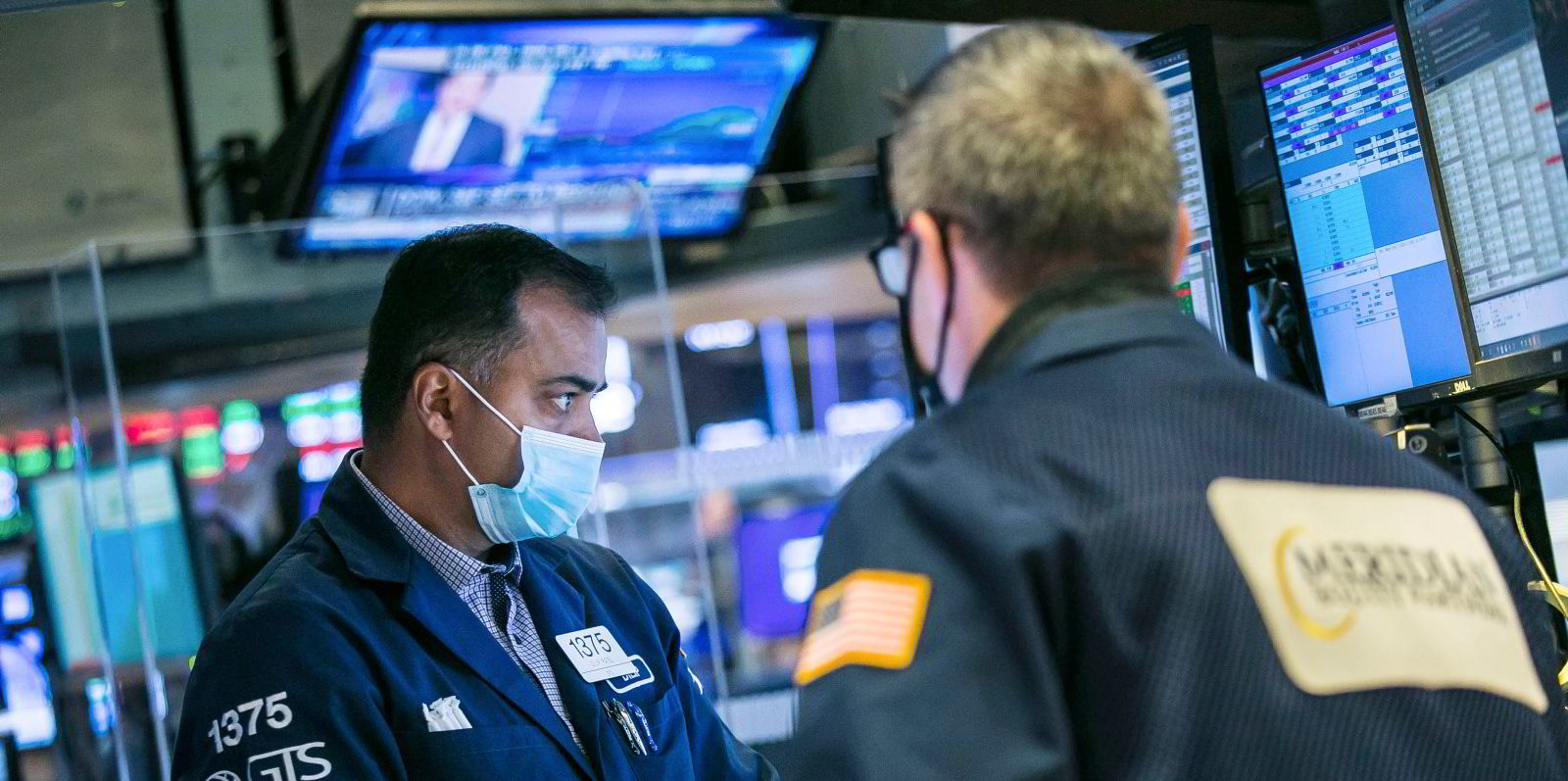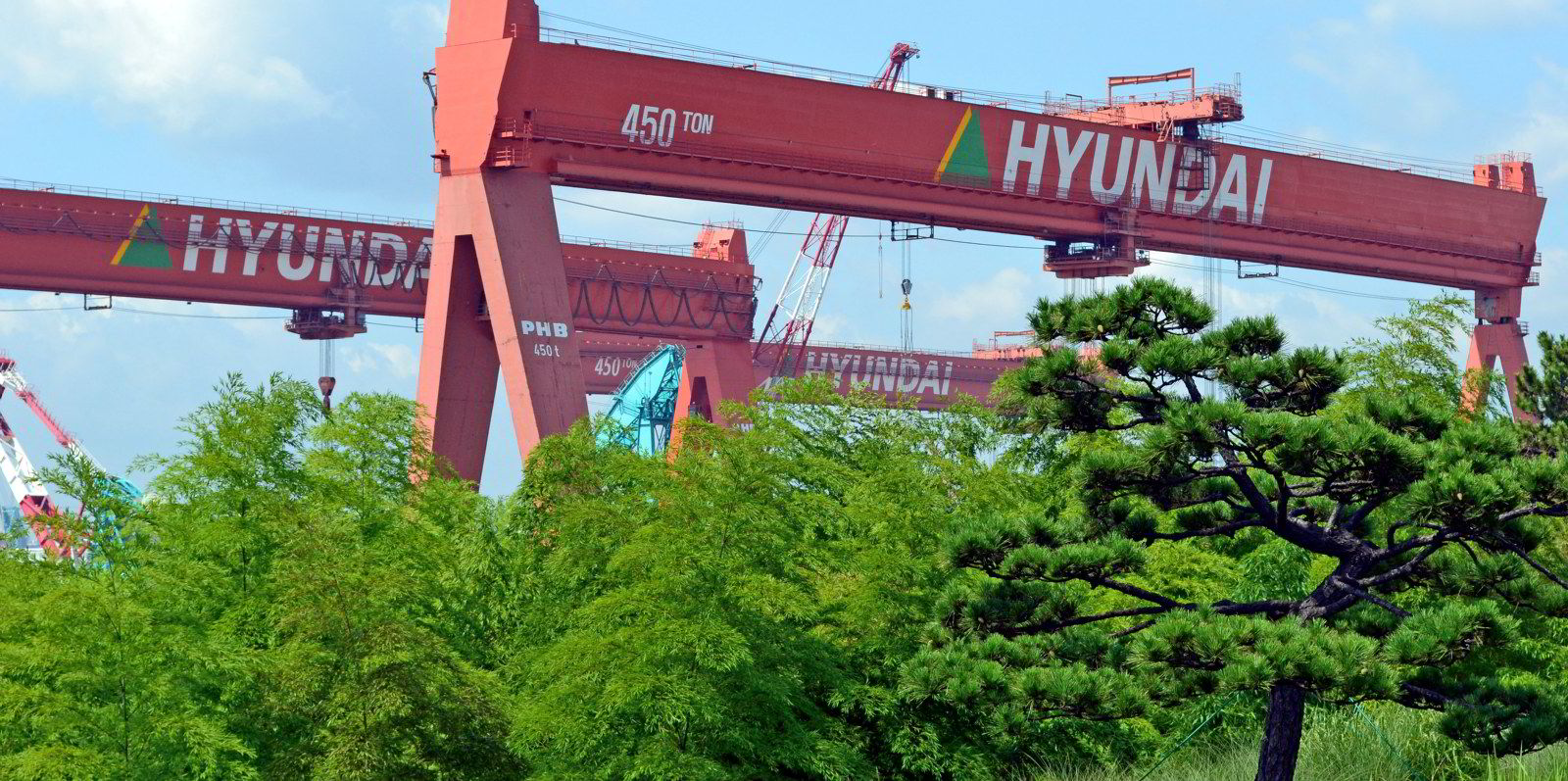Chinese import demand for iron ore and steady fixing activity in the spot market for capesize bulkers has lifted futures contracts for early 2021.
The upturn comes following a record year in 2020, in which options trading reached its highest levels.
Much of the uptick in freight derivatives trading so far this year so far has come on the back of steady fixing activity in the physical market for iron ore cargoes on routes from Western Australia and Brazil to China.
Chinese import demand for iron ore remains firm, with the country estimated to have forged more than 1bn tonnes of crude steel in 2020.
Meanwhile, iron ore prices are at elevated levels, prompting miners to sell as much of the commodity as they can, while they can.
Iron ore prices surged by almost 80% during 2020 and in December hit its highest levels since September 2011 after Brazilian miner Vale lowered its shipment forecasts and consistently firm Chinese steel demand during the fourth quarter.
In the physical market for capesizes on Tuesday, the weighted time-charter average spot rate for the Baltic Exchange's five key benchmarks rose to $17,408 per day, up by $752 since Monday.
Spot rates on the Brazil to China route for iron ore have risen by 32% over the past 30 days and reached $15.62 per tonne on Tuesday.
Likewise, rates on the Western Australia-China iron ore route have grown by 22% over the same period and totalled $8.873 per tonne on Tuesday, up by $0.56 since Monday.
Japanese owner-operator NYK Line chartered an unnamed capesize on Tuesday at the even firmer rate of $8.95 per tonne for an iron ore trip on the route for loading dates beginning 13 January.
Analyst predictions for 2021
The forward freight agreement (FFA) market could this year exceed expectations and earnings estimates, analysts from Clarksons Platou Securities said on Tuesday.
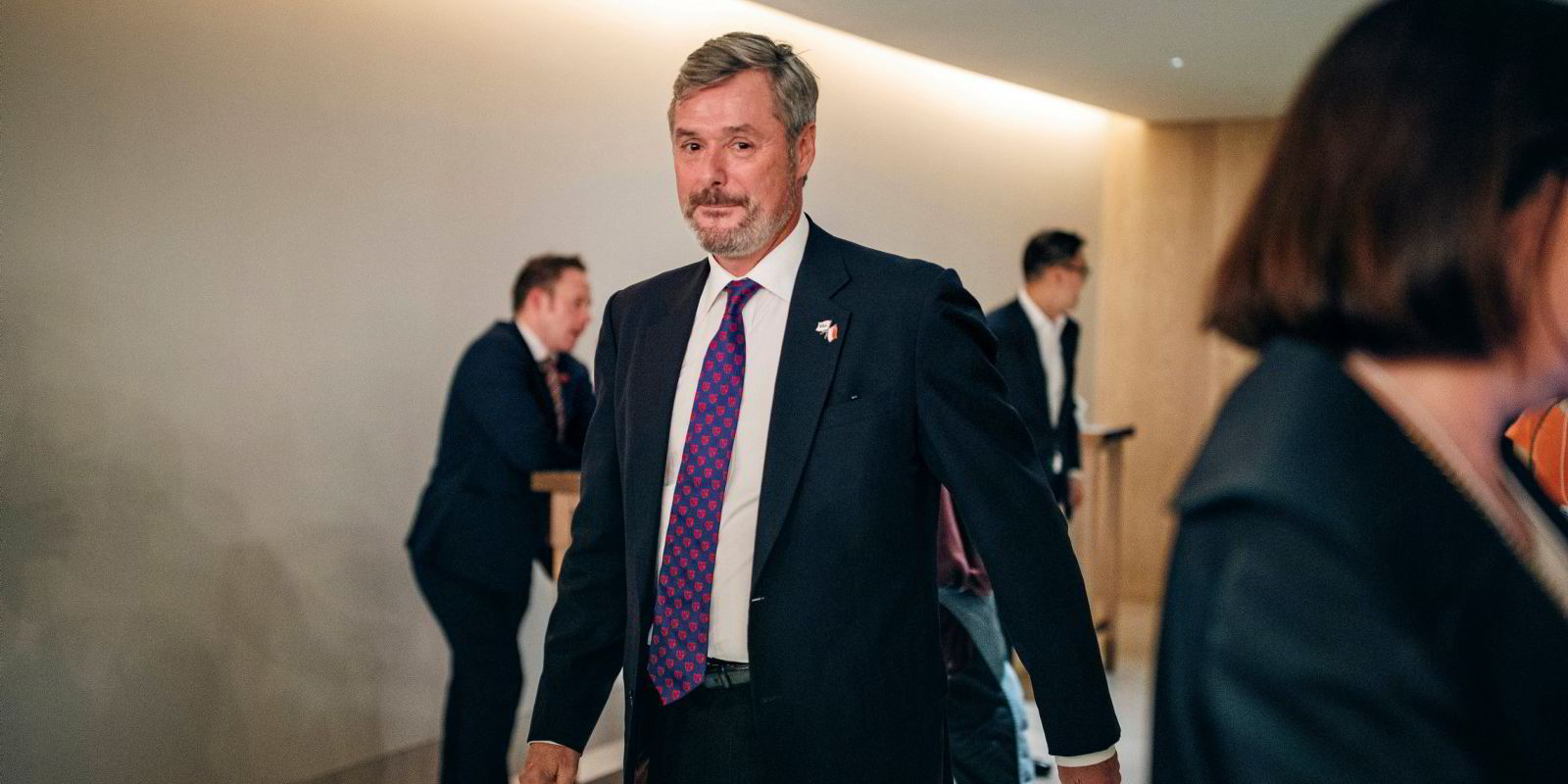
Baltic Exchange chief executive Mark Jackson said 2020 was "another impressive year" for the freight derivatives market.
"Last year both the dry bulk and tanker markets experienced big swings amid the IMO 2020 fuel change, collapse in oil price and Covid-19 pandemic," he said.
"The previous 12 months saw 1.5m dry FFAs traded, representing growth of around 70% since 2012."
Jackson said that volumes in both the dry and tanker derivatives markets were underpinned by volatility, increased participation by owners, charterers and traders and "trust in the Baltic Exchange’s settlement data".
Photo: Global Maritime Forum
FFAs for the calendar year 2021 were trading at $15,400 per day on Tuesday for the Baltic Exchange's five key capesize benchmarks, higher than Clarksons' forecast of $14,500 per day.
A survey of nine analysts conducted mid-December by Bloomberg produced a consensus expectation of $16,000 per day this year for capesize spot rates.
"Interestingly, the 1Q21 [first quarter 2021] contract is now trading just below $13,000 per day, a significant improvement from the $8,000 per day level the contract traded a few months back," Clarksons Platou Securities analysts said in a note on Tuesday.
"By comparison, the Bloomberg consensus among analysts is $10,800 per day for 1Q21. FFA market expectations could thus signal upside potential to earnings estimates."
The contract for the first quarter of 2021 settled on Tuesday at $12,670 per day, up by $203 from Monday's level.
Meanwhile, a sudden pop of activity was seen for the third quarter 2021 FFA.
The contract rose by $1,175 on Tuesday and settled at $16,788 per day.
Dry FFA volumes during 2020 were up 17% year on year, with close to 1.55m lots traded, according to Baltic Exchange data.
Options trading hit a record high last year, rising 37% on the previous year to 318,183.
